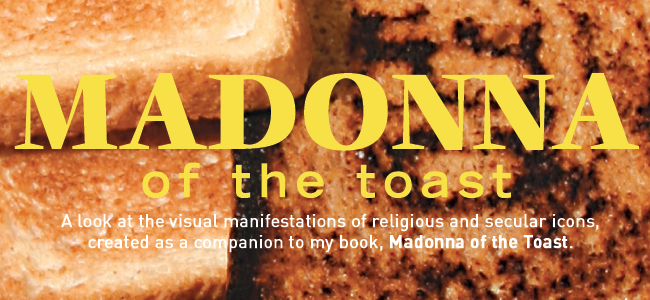
This year marks the 30th anniversary of the first scientific examination of the Shroud of Turin, which took place in 1978 in Turin, Italy. Photographer Barrie Schwortz, editor of Shroud.com, has spent the better part of the past 30 years talking about his experiences in relation to photographing the Shroud back in 1978 and the ongoing mystery of how it came into being, and exactly what it is. The Savannah Morning News ran a piece about him last week, and it got me thinking.
According to Schwortz’s website: “Modern science has completed hundreds of thousands of hours of detailed study and intense research on the Shroud. It is, in fact, the single most studied artifact in human history, and we know more about it today than we ever have before. And yet, the controversy still rages.”
While the image seems to have been present for quite some time, in May of 1898, photographer Secondo Pia first captured the striking black and white image on a reverse photographic plate back at the advent of photographic technology. The face appears to be that of Jesus, and the story is that this is the cloth provided by Joseph of Arimathea to cover His body when He was entombed. One set of carbon dating data suggests that the Shroud dates back to the 13th or 14 centuries, debunking the Jesus theory, though subsequent studies claim that the portion of the cloth used for testing was not an original swatch of the material. The mystery remains unsolved.
The Shroud of Turin debate isn’t a typical Madonna of the Toast story in that this visual manifestation was caused by one of two things: people creating a hoax, or the face of Jesus. But, it does drive home the persuasive power of such imagery. This object in particular seems to have transcended the physical question of what it actually is, now representing a divine, mystical example of how the visual inspires faith and intrigue.
As Schwortz says in the article, “You can't be involved in something like this without confronting your own religious beliefs.” Even if you don’t have religious beliefs, these stories catch your attention and can get your imagination going, and that is, after all, the point.











